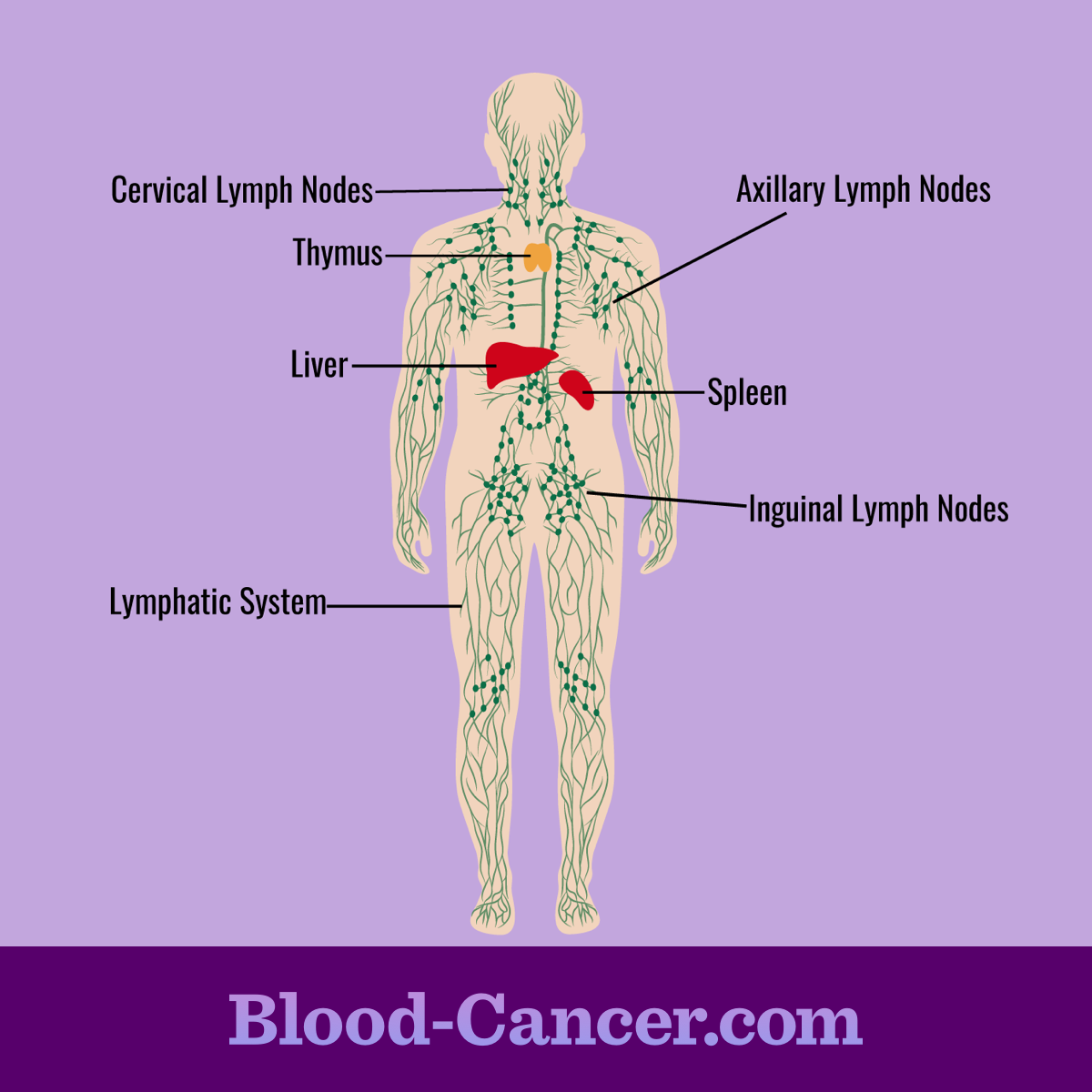What is the Lymphatic System?
Reviewed by: HU Medical Review Board | Last reviewed: February 2018 | Last updated: April 2023
The lymphatic system is part of the immune system that carries fluid through the body (called lymph) and is made up of lymphatic vessels, lymph nodes, collecting ducts, and several organs, including the spleen, thymus, and tonsils. The main functions of the lymphatic system are to eliminate damaged cells from the body and to defend the body against potential infection and cancer.1,2
Figure 1. Lymphatic system
What is lymph?
Lymph is a clear-to-white fluid that seeps out of capillaries into tissues of the body. Lymph contains nutrients that helps nourish these tissues. Lymph also carries foreign substances, like bacteria, viruses, cancerous cells, and damaged cells to the lymph organs for removal, and many white blood cells are present in the lymph.2,3
What are the lymphatic vessels?
The lymphatic vessels carry the lymph fluid from the body's tissues into the subclavian veins, two veins in the top portion of the chest. Lymph vessels are found everywhere throughout the body, except for the bone marrow, the central nervous system, and tissues that don't have blood vessels (like the epidermis, the top layer of the skin). The lymphatic vessels only carry the fluid one direction (from the tissues of the body to the subclavian veins) and contain one-way valves to prevent the fluid from leaving the vessel.1,2
What are the lymph nodes?
Lymph nodes are bean-shaped structures that are found along the lymphatic vessel pathways. The function of the lymph nodes is to filter the lymph before it goes back to the blood stream. While lymph nodes are found throughout the body, there are some areas where a cluster of lymph nodes are found, such as in the neck (cervical lymph nodes), in the armpits (axillary lymph nodes), and in the groin (inguinal lymph nodes). Lymph nodes contain many white blood cells, particularly lymphocytes and macrophages, which are key components of the immune system and help the body fight off infection and remove damaged cells, like cancer cells.1,2
Normally, the lymph nodes cannot be felt. However, lymph nodes can become swollen and are then palpable (able to be felt). Lymph nodes can become swollen due to the presence of a large number of infectious organisms or cancerous cells. Sometimes, people may call swollen lymph nodes "swollen glands," particularly in reference to the lymph nodes in the neck, however, lymph nodes are not glands.3
